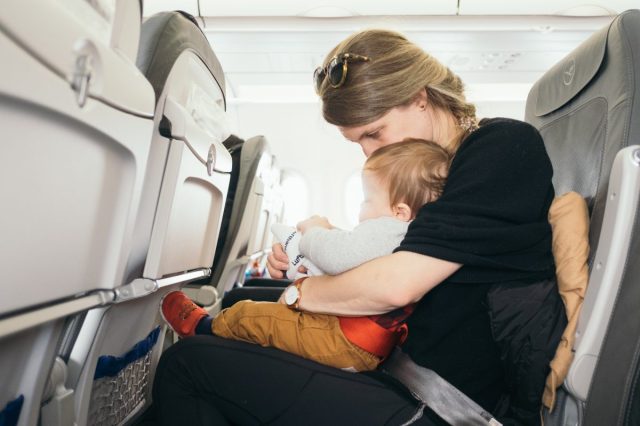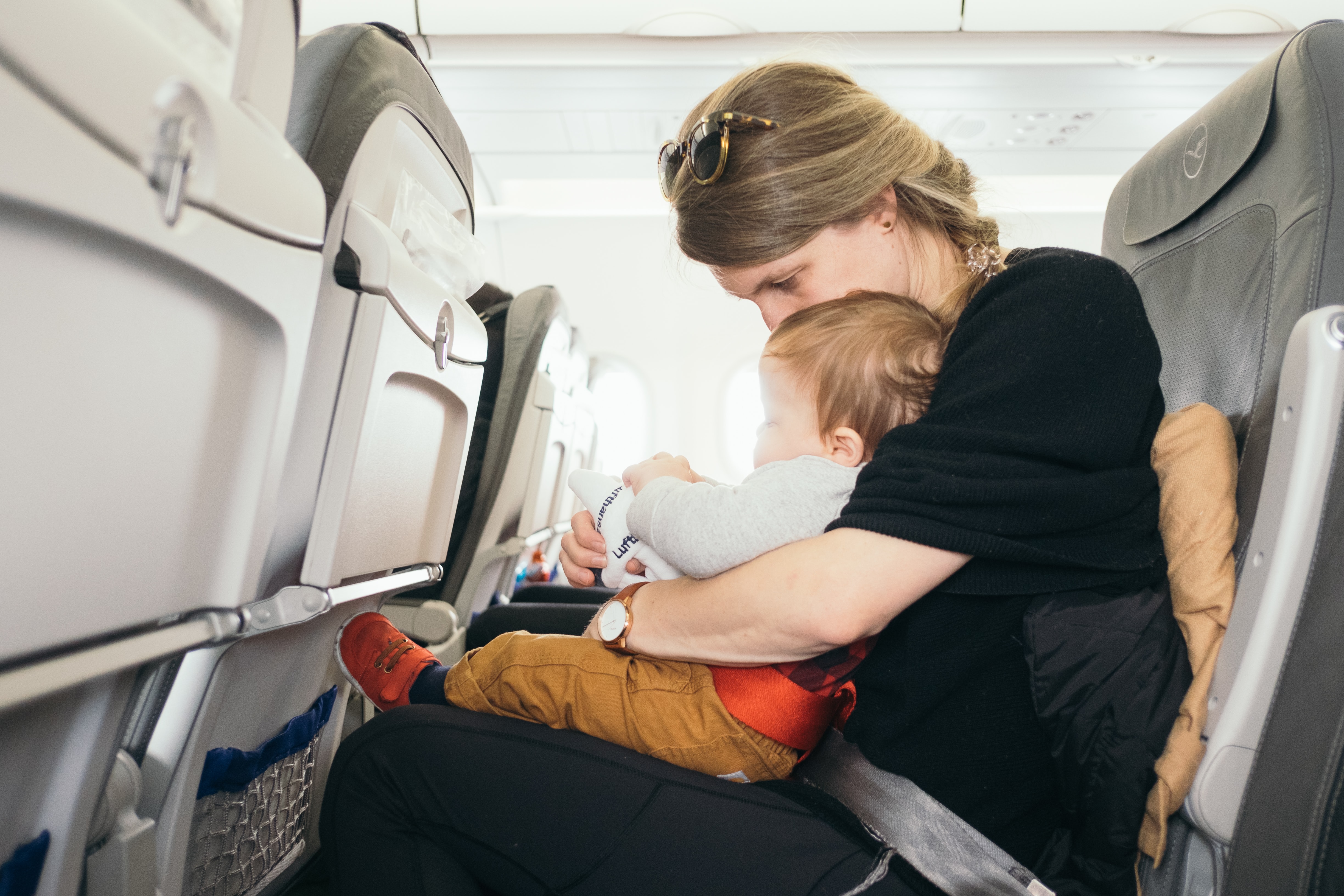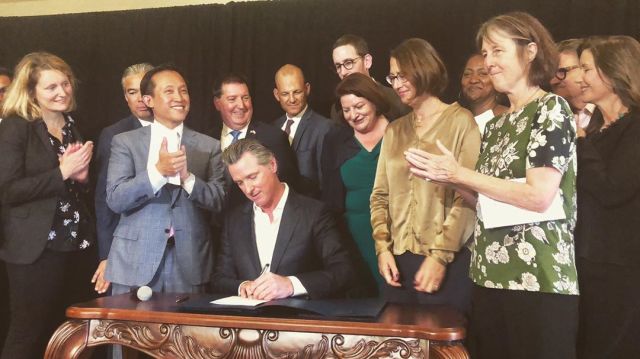
As a new parent, the list of to-dos seems endless and, let’s face it, daunting. From babyproofing the house to building your own infant pharmacy, tackling bigger-picture necessities like your finances may seem like the last thing you’re ready to take on. But it’s never too early to start planning for financial goals and expenses, especially when you’re expanding your family. As overwhelming as it may seem now, you’ll thank yourself in the future if you tackle a few financial necessities as soon as possible.
1. Invest in Life Insurance
Your family is just beginning, so why focus on passing away? Life insurance is one of those tricky topics. No one wants to think about dying unexpectedly, but the unfortunate truth is that it’s still better to prepare for the worst and hope for the best. Life insurance isn’t about betting against yourself—it’s about helping ensure your family has financial security should something happen to you.
What many people don’t realize is that the lower your risk of death, the lower the cost of life insurance. Purchasing a life insurance policy when you’re in your 30s can be half as much as purchasing one when you’re in your 50s. In fact, a policy can be as little as $9 per month in your 30s versus $20 per month in your 50s.
Additionally, the younger you are and the fewer assets you have, the more you benefit from life insurance. For example, if you’re in your early 30s, you may not reach your peak earning years until your 40s. You might also be paying off student loan debt and a mortgage. Life insurance helps replace that income so your family can maintain their lifestyle.
There are two types of life insurance, and it’s important to understand the differences:
- Permanent policies come in the form of whole life and universal life insurance and are designed to remain in place for the entirety of your life.
- Term life policies are purchased to cover select periods of time, usually in increments of 10 years. While premiums are typically lower, term life policies don’t offer you the ability to build cash value.
Speak with a financial representative to determine which type of policy best suits your family’s needs.
2. Adjust Your Budget
Part of the initiation process in becoming a parent is hearing from at least half a dozen friends how much it costs to raise a child. NerdWallet estimates costs over $250,000 for raising a child until they’re 18 years old. This calls for a new family budget.
When adjusting your budget, evaluate all new expenses. Determine your recurring costs for healthcare coverage, childcare, college savings (let’s tackle that next) and everyday costs for supplies like diapers, clothing and food. These will impact your monthly budget for the next few years and may adjust in the future. Do you need to cut back in other areas of your budget, or do you have other sources of income to make up for these new expenses?
If you’re preparing to welcome a new baby to the family, you’ll want to budget for up-front, one-time costs. Some of the bigger-ticket items can include a safer or more child-friendly vehicle. Some families also need to transform a former office or guest room into a nursery and purchase new furniture.
If you struggle to build or maintain a budget, consider using a budgeting app. One of the most popular is Mint, which syncs to your bank accounts and tracks all your incoming and outgoing money. Organize expenses by category so you can see where you spend the most and least and adjust your budget as needed.
3. Start Saving for College
You’re likely thinking, “Isn’t my kid at least 17 years away from college?” Yes, but as you may remember from your own experience, college is expensive. A ValuePenguin study found that public, in-state colleges cost an average of $20,770 per year (for tuition, fees and room and board) and private colleges an average of $46,950. Multiply that by four and you’re looking at more than $80,000.
Too often, parents make the mistake of waiting to save for college until their child is in high school. Rather than try to save as much as possible in a few years, it’s much less taxing on your wallet if you spread it out—save a little each month and factor the cost into your monthly budget from year one.
Now is the time to speak with a financial representative and research your college savings options. Beyond traditional savings accounts, many families choose to invest in a 529 plan, which is a tax-advantaged savings plan designed specifically for saving for future education costs. The great thing about 529 plans is that you can use the savings for K-12 tuition if unexpected costs come up or you decide to send your child to a private high school. A financial advisor can help you identify an appropriate plan and savings goals based on current finances.
As many new parents quickly learn, a little preparation can save you a lot of stress in the future. Start tackling these three essential financial steps by researching your life insurance and college savings options and dusting off your budget. You’ll feel like a champ parent, and you can focus on the beautiful years of raising a family.





















